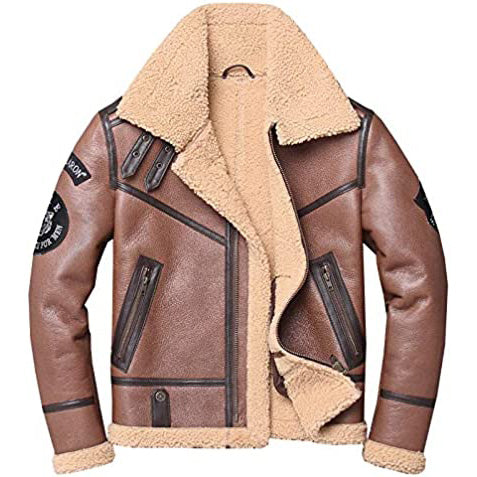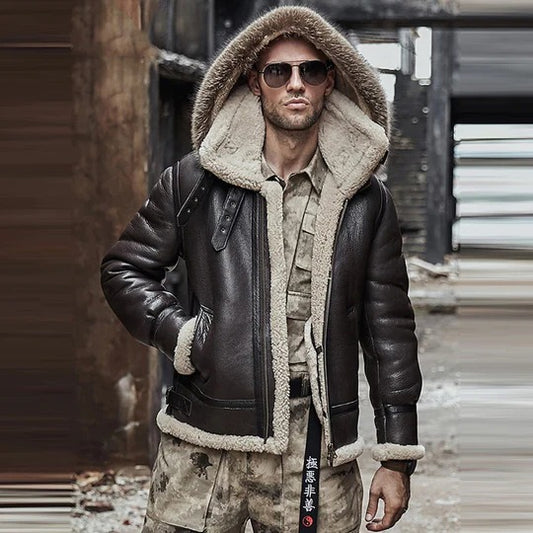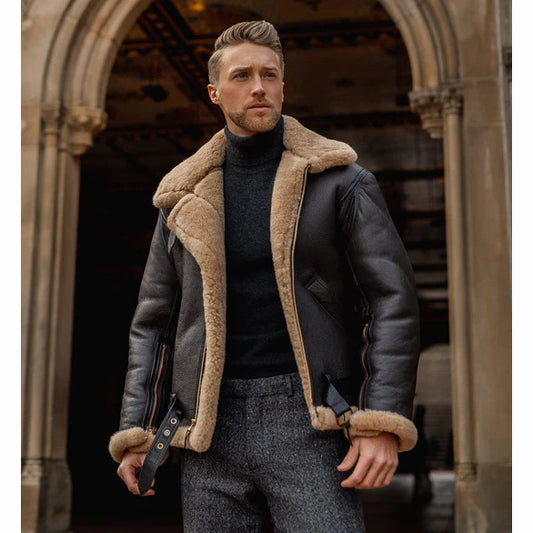Patent leather is a sleek, shiny material that has a unique appeal. It's a popular choice in fashion and accessories due to its glossy finish and sophisticated look. But what exactly is patent leather, and why is it so sought after?
In this guide, you'll find everything you need to know about patent leather, including its origin, pros, cons, best occasions for use, expert tips, and more. Let's dive in!
1. What is Patent Leather?
Patent leather is a type of coated leather that has a high-gloss finish. The glossy look is achieved by applying multiple layers of varnish or synthetic materials, like polyurethane or acrylic. This creates a mirror-like surface that makes patent leather stand out.
Key Characteristics of Patent Leather:
- Glossy Finish: The signature shine is what sets patent leather apart from other leathers.
- Durability: The coating provides additional resistance to water and stains.
- Smooth Texture: Unlike regular leather, patent leather doesn’t have a visible grain.
2. How is Patent Leather Made?
The process of making patent leather involves several steps:
- Preparing the Leather: The base leather is treated to create a smooth surface.
- Applying the Coating: A layer of lacquer, polyurethane, or acrylic is applied. This gives it the iconic shine.
- Curing and Polishing: The coated leather is cured, polished, and refined to achieve a high-gloss finish.
The Evolution of Patent Leather
Patent leather has come a long way since it was first developed in the early 19th century. Initially, linseed oil-based varnishes were used, but today, modern techniques involve advanced synthetic coatings for improved durability and shine.
3. Types of Patent Leather
Not all patent leather is the same. Here are some common types you may encounter:
- Traditional Patent Leather: Made using a traditional leather base with varnish coatings.
- Synthetic Patent Leather: Uses non-leather materials like PVC or polyurethane as a base.
- Crinkle Patent Leather: Features a textured, crinkled appearance while retaining the glossy finish.
Each type has its unique characteristics and uses, depending on the look and feel you're going for.
4. Why Choose Patent Leather?
When you choose patent leather, you're opting for style and durability. Here are a few reasons why it's a popular choice:
- Aesthetic Appeal: The shiny look adds a sophisticated touch to any outfit.
- Versatility: Patent leather can be used in footwear, handbags, jackets, and more.
- Durability: The protective coating helps resist moisture and scratches.
5. Pros & Cons of Patent Leather
Like any material, patent leather has its strengths and weaknesses.
Pros:
- Eye-Catching Shine: Perfect for making a bold statement.
- Water Resistance: Less likely to absorb moisture compared to regular leather.
- Durability: The coating adds a layer of protection.
Cons:
- Susceptible to Scratches: Though resistant to water, it can still get scratched easily.
- Less Breathable: The coating restricts air circulation.
- Maintenance: Requires careful cleaning to maintain the shine.
6. How to Style Patent Leather
Patent leather is a versatile material that works well in many fashion contexts. Here are some styling tips:
- Footwear: Think bold and shiny patent leather boots or loafers.
- Bags: A patent leather handbag can instantly elevate your look.
- Outerwear: A patent leather jacket adds a touch of luxury and edginess.
Pro Tip: Keep the rest of your outfit simple to let the patent leather piece be the focal point.
7. Caring for Patent Leather
Proper care can extend the life of your patent leather items. Follow these steps:
- Clean Regularly: Wipe the surface with a soft cloth to remove dirt and dust.
- Use a Mild Cleaner: Apply a gentle cleaner or a water-diluted soap solution.
- Polish Gently: Buff the surface with a microfiber cloth to restore shine.
Important: Avoid using harsh chemicals, as they can damage the coating.
8. When to Use Patent Leather?
Patent leather is ideal for:
- Formal Events: Adds elegance to your outfit.
- Night-Outs: Perfect for creating a standout look.
- Rainy Weather: Water resistance makes it a practical choice.
9. Patent Leather vs Other Types of Leather
Here’s a quick comparison to help you understand where patent leather stands against other common leathers:
| Feature | Patent Leather | Regular Leather | Faux Leather |
|---|---|---|---|
| Shine | High Gloss | Matte/Slight Sheen | Variable |
| Durability | Moderate | High | Moderate |
| Breathability | Low | High | Low |
| Water Resistance | High | Low | High |
| Maintenance | Moderate | Low | Low |
10. Expert Opinions on Patent Leather
Experts agree that patent leather is an excellent choice for those looking to make a fashion statement. It’s timeless and versatile but requires mindful care. According to fashion stylist Emily Carter, "Patent leather is a staple for adding instant glamour to any wardrobe, but you need to invest in quality pieces to avoid cracking or peeling."
11. Common Myths about Patent Leather
There are a few myths around patent leather that need debunking:
-
Myth: Patent leather is only suitable for formal occasions.
Truth: While it shines in formal events, you can easily pair it with casual wear for a trendy look. -
Myth: It’s not durable.
Truth: Patent leather can be quite durable if maintained properly.
12. Frequently Asked Questions
1. Is patent leather real leather?
Yes, patent leather is typically made from real leather but with a special coating to give it a glossy finish.
2. Can patent leather crack?
Yes, it can crack if exposed to extreme conditions or if not cared for properly.
3. Is patent leather waterproof?
It’s water-resistant to a certain extent but not completely waterproof.
4. How do you remove scratches from patent leather?
You can try buffing out light scratches with a soft cloth and a mild cleaner. For deeper scratches, consult a leather care professional.
13. Conclusion
Patent leather is a unique and stylish material that offers both aesthetic appeal and practical benefits. Whether you're looking to upgrade your wardrobe or accessorize, patent leather can be an excellent choice. By understanding how it’s made, styled, and cared for, you can make informed decisions and enjoy its timeless elegance.
Pros, Cons, and Best Occasions for Patent Leather
- Pros: Shiny, water-resistant, durable
- Cons: Prone to scratches, less breathable, maintenance required
- Best Occasions: Formal events, night-outs, rainy days




